Microsoft Visio is a powerful piece of software, allowing IT professionals, business people, engineers, and others working in highly technical fields to map out and display complex information in the form of flowcharts, site plans, floor plans, diagrams and more.
Useful though all this is, the price point is well beyond what the average home user is willing to spend at $300 for the “Standard” version and $590 for the Pro version. (If you’re dead-set on using Visio, there is a potentially cheaper option where you can get Visio Pro for Office 365 for $13/month if you get an annual subscription or $15/month for a monthly commitment.)
But why pay at all when there are perfectly free and viable Visio alternatives available to you? Here are our top picks.
1. LucidChart
Platforms: Windows, Mac, Linux
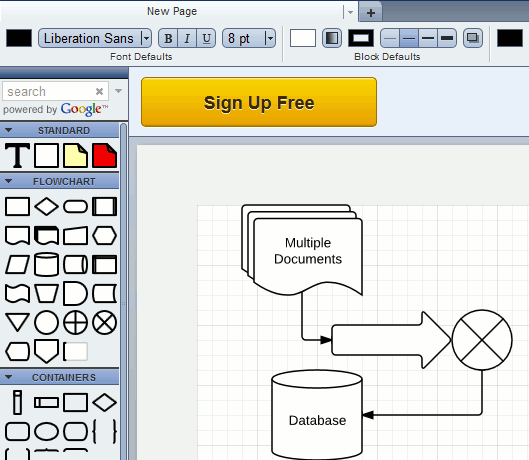
If you are looking for a web-based alternative to Microsoft Visio, LucidChart is the perfect choice. It provides a drag-and-drop web interface to draw any kind of diagram. LucidChart gives you an option to build your diagrams in collaboration with your team. Multiple people will be able to work with the same diagram, making it the perfect choice for small teams.
One of the great features of LucidChart is that it can export or import Microsoft Visio vdx files very easily. One thing that is missing in LucidChart is the built-in categorization of different shapes for different areas like networking, engineering, etc. You don’t need to sign up for an account with LucidChart; just open the site and start drawing.
2. ASCIIFlow Infinity
Platforms: Browser
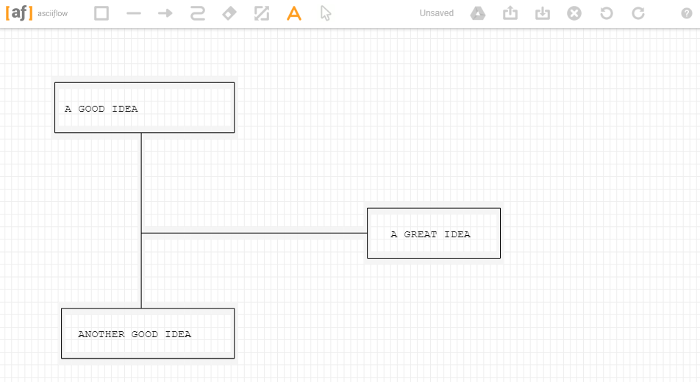
Starting with the simple stuff, if you’re looking for a quick, easy and instantly accessible diagramming tool with no bells and whistles attached, ASCIIFlow is a good option.
You can forget about having a vast range of shapes at your disposal or using this to map out a complex engineering project, but for quickly conveying ideas in diagram form, this is about as efficient as you can get. The ASCII format is clear, and you can use familiar Windows shortcuts (Ctrl + C, Ctrl + Z and so on) to quickly chop and change your diagrams.
You can change the format of the boxes from ASCII to Lines to make things a little clearer, and sync it all with Google Drive, too (though currently the level of access it requests to your Google Drive may put more security-conscious users off – hopefully that’s something they can fix).
3. Gliffy
Platforms: Windows, Mac, Browser
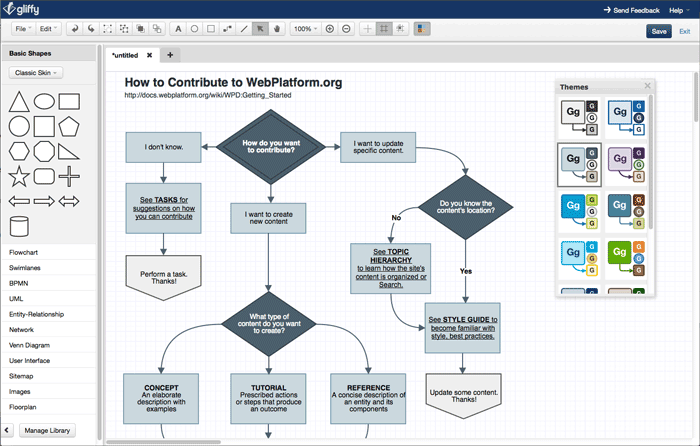
Coming in both free and paid flavors, Gliffy is a robust diagramming app that fully embraces the cloud. It integrates with services like Google Drive, Confluence and JIRA to allow you to collaborate on your UMLs, flowcharts and other diagramming projects seamlessly. Gliffy is free for students, while others get access to the ‘Basic’ version of the software (after a 14-day trial with the paid version), which has less templates, images and so on than the paid version.
With its simple drag-and-drop interface, large variety of exportable formats and a perfectly usable browser version which is completely free, Gliffy is an excellent choice for those comfortable with diagramming and flowchart software. More advanced users, however, may find the free version a little wanting in features and opt for one of the other, more feature-packed options in this list.
4. yEd Graph Editor
Platforms: Windows, Mac, Linux
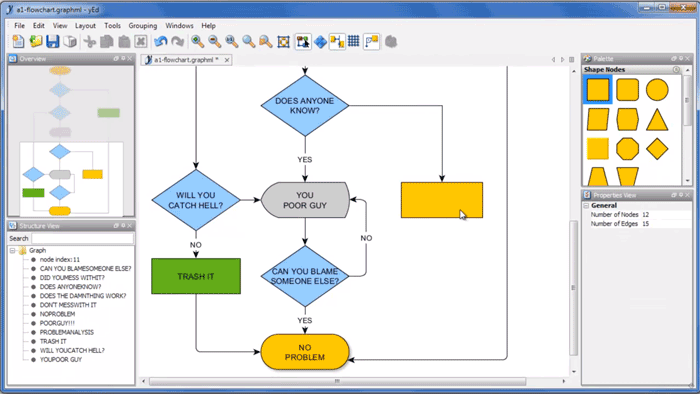
Quite possibly the most user-friendly diagramming software out there, yED has you covered for everything from flowcharts, to family trees, to more technical diagrams like network infrastructures and process models.
You can set your chart to automatically lay itself out to suit whatever kind of data you’re entering. It has a decent repository of images for various types of charts and also gives you the option to import images from elsewhere. When you’re done, you can save your chart as a JPEG, XML or HTML, among other formats, making it easy to upload to websites or send to clients.
5. Edraw Max
Platforms: Windows, Mac, Linux, Browser
Edraw Max is an extremely powerful all-in-one diagramming tool that can serve all of your purposes. Whether you need to draw flowcharts, fishbone diagrams, UML diagrams or design floor plans, office layouts, you can find what you want in Edraw Max. Importantly, it is quite affordable discount.
6. Graphviz
Platforms: Windows, Mac, Linux
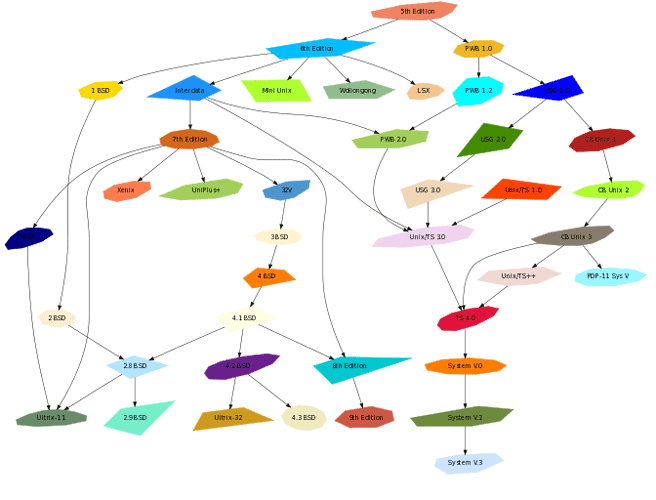
For something a little alternative, you can try Graphviz, the near thirty-year-old tool in which you create graphs, hierarchies and so on using a command line utility and the robust DOT language. It takes some getting used to, but once you get the hang of it, you’ll see that it could save you time in the long run.
It has a good amount of formats you can export your graph to and a number of layouts such as hierarchical, radial, multiscale and more. It’s particularly useful if you aren’t too fussy about pretty colors but are more concerned about entering huge amounts of data that can get instantly organized and generated. (That colossal graph at the top of this article was made using Graphviz.)
7. LibreOffice Draw
Platforms: Windows, Mac, Linux
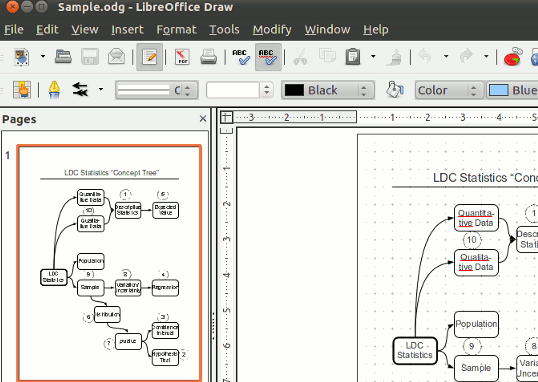
LibreOffice Draw is the closest and biggest open-source competitor of Microsoft Visio. Draw is an all-purpose drawing, diagramming and charting tool. The feature that I love in Draw is the grouping feature.
You can easily group different objects together and then do different actions on the group like moving the group, connecting with other groups, etc. In addition to other formats (XML format is the default), you can also export your diagrams as SWF Flash files. As an extra treat, here’s a package of shapes for Draw that are similar to those you find in Visio.
8. Dia
Platforms: Windows, Mac, Linux
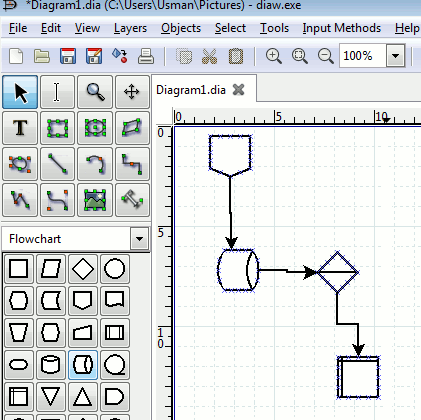
Dia is an open-source program very similar to Microsoft Visio, with largely the same feature set. You can create UML diagrams, flowcharts, network processes and architectures, entity relationship diagrams, etc., easily with Dia. The default file format for any file created with Dia is .dia, but there are plenty of file formats you can export your diagram to, including Microsoft Visio’s .vdx format.
9. Draw.io
Platforms: Browser
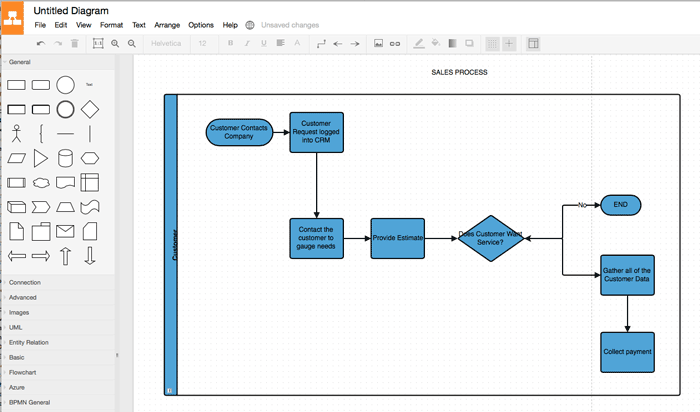
Draw.io has a very responsive and accessible interface, with the tools in the column on the left and the drawing in the column on the right. You don’t need to sign up for an account to use Draw.io, and from the moment you’re on the site you’re given the option to save your work to cloud services like Google Drive and OneDrive or your hard drive.
If you connect Draw.io to your Google account, it has very functional real-time collaboration, letting you work on projects simultaneously with others. It’s not a complex tool, so while it’s accessible, it doesn’t offer the depth of features of some other diagramming software.
10. Pencil Project
Platforms: Windows, Mac, Linux
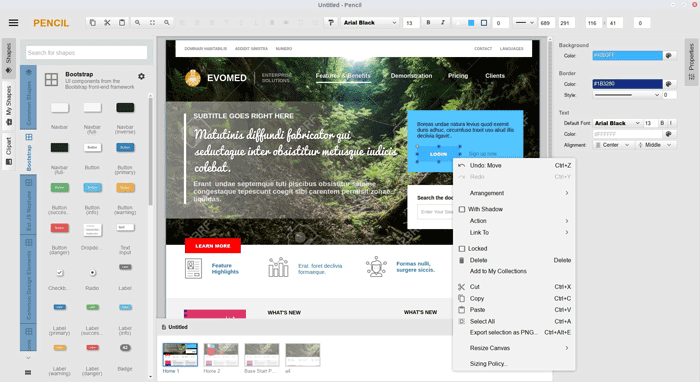
Pencil Project is an open-source alternative to Microsoft Visio which is actively maintained by the development community. Their goal for Pencil Project is to make diagramming as easy as possible and usable for everyone from a newbie to an expert. It’s regularly updated with new stencils, templates and other features, lets you export your work to multiple formats, and has integration with OpenClipart.org, letting you instantly search the Web for images to make your projects pop.

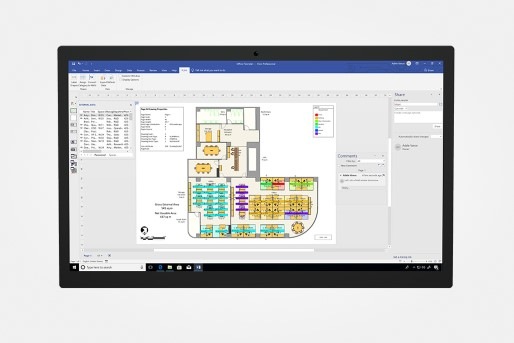
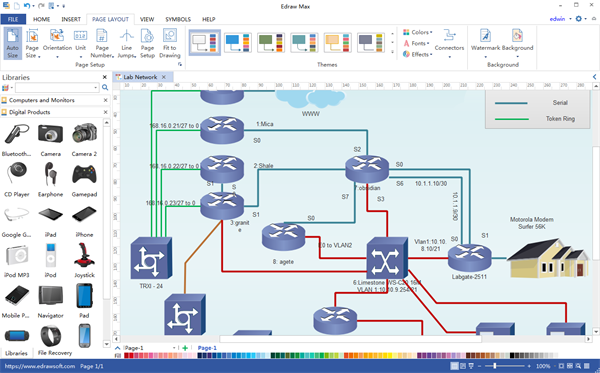



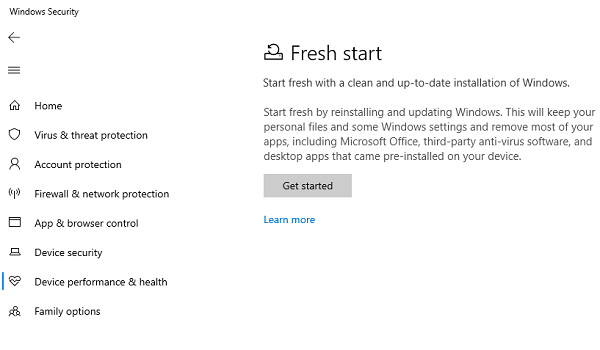


Add Comment